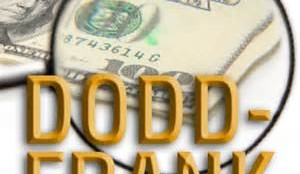The Dodd-Frank Act protects whistleblowers from retaliation by their employer. However, to get that protection as a whistleblower, to whom must a concerned citizen disclose their information? That is a complicated question. Subdivision (iii) of subsection 21F(h)(1)(A) of the Dodd-Frank Act provides protection against retaliatory discharges, discrimination, and demotions for whistleblowing employees who make disclosures protected by the Sarbanes-Oxley Act, which includes disclosures made internally, without any notification to the SEC. Subsection 21F(a)(6) of the Dodd-Frank Act provides that “‘whistleblower’ means any individual who provides…information relating to a violation of the securities laws to the [SEC].” Here is the problem: 21F(a)(6) unambiguously requires disclosure of the wrongdoing to the SEC, and subdivision (iii) unambiguously protects whistleblowers who only disclose the wrongdoing internally to their employer (without any disclosure to the SEC). It appears that these two provisions directly contradict each other. Given a literal reading, 21F(a)(6) would exclude internal whistleblowers from the Act’s protections despite subdivision (iii)’s protections. Surely, this cannot be the way the Act was intended to be construed; why would Congress include subdivision (iii), only to have it partially negated by a different subsection. Judge Newman of the Second Circuit Court of Appeals opines that these provisions are “in
[read more]


